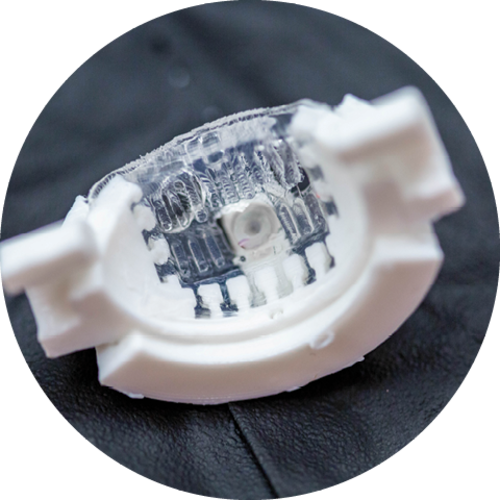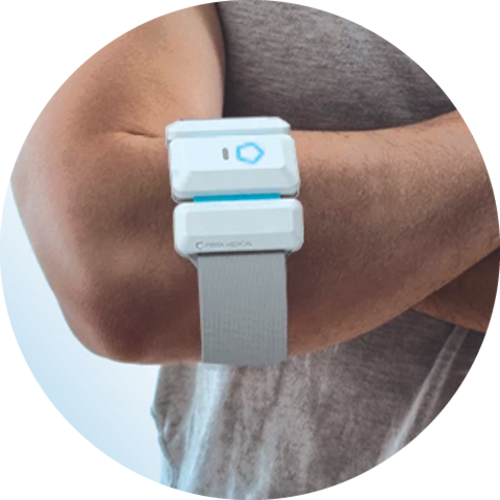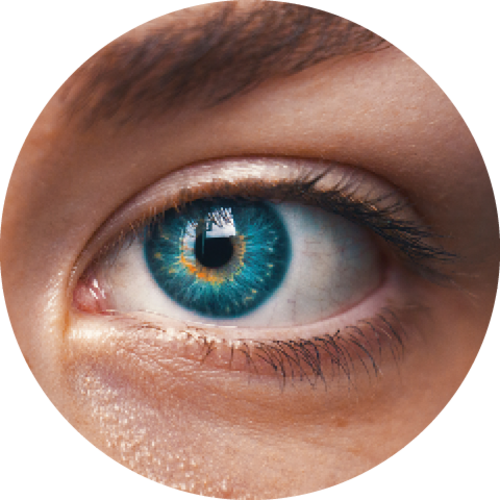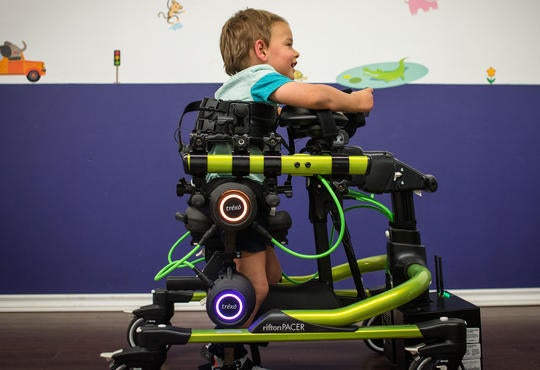Humanity stands at the threshold of a new frontier of health. These alumni-powered HealthTech gadgets are taking us there faster than we can imagine.

1. Qidni
Morteza Ahmadi (PhD ’13)
For every 10 people waiting for a kidney, only two are available. Qidni’s solution? An implantable artificial kidney designed to remove toxins and excess water from blood like a regular kidney. The company is also developing a cost-cutting portable dialysis machine.
2. Vena Medical
Michael Phillips (BASc ’17) and Phillip Cooper (BASc ’17)
Their ingenuity provides physicians with the world’s smallest camera. Created with fibre optics, this wonder-camera allows physicians to safely view inside a patient’s blood vessels. It’s a faster and easier alternative to injecting iodine dye into the vein for an x-ray.


3. Intellijoint HIP®
Armen Bakirtzian (BASc ’08), Andre Hladio (BASc ’08, MASc ’11) and Richard Fanson (BASc ’08)
Health Canada and FDA cleared, this surgeon-controlled navigation system uses inertial sensors that give orthopaedic surgeons real-time, intraoperative measurements to accurately select and position implants during hip replacements, leading to fewer complications post surgery.
4. OcuBlink
Hendrik Walther (PhD ’18)
Their life-like eye model can blink with controllable speeds and rates, and has a similar wetness to the human cornea. It’s used by pharmacy and optometry professionals to validate new and existing equipment without experimenting on animals.


5. Curiato
Moazam Khan (BSc ’16, MBET ’17) Zied Etleb (BSc ’16, MBET ’17) Matthew Sefati (BSc ’17)
Designed to fit existing hospital beds, this bed sheet uses AI to identify bedsores. Detecting elements like an increase in heat, the sheet sends caregivers real-time updates allowing them to better prioritize treatment for patients suffering from a variety of skin conditions.
6. Penta Medical
Alexa Roeper (BSc in progress) and Daniel Choi (BASc ’16)
By offering a wearable light-therapy device paired with a progress-monitoring app they provide relief for people suffering from soft-tissue injuries. The device, including one year of data collection, is available for consumers. It easily allows users to start and stop treatment, monitor pain and share data with their physiotherapist or surgeon.


7. HelpWear
Andre Bertram (BASc in progress) Frank Nguyen (BASc in progress)
This 24/7 wearable watch is a non-invasive heart monitoring system. In the event of a heart attack, HeartWatch immediately contacts emergency services with your name and GPS location. It also flags any minor heart palpitations or arrhythmia to be reviewed by a physician.
8. LumeNeuro
Melanie Campbell (MSc ’77) Tom Mitchell (BASc ’77) Ron Dennis
Retinal images are a window to the brain for early detection of Alzheimer’s and other brain diseases. LumeNeuro takes images as a screening test to detect and measure amyloid-beta deposits associated with Alzheimer’s. The test is non-invasive and widely accessible, allowing pharmacy researchers to monitor the effectiveness of drug treatments.







